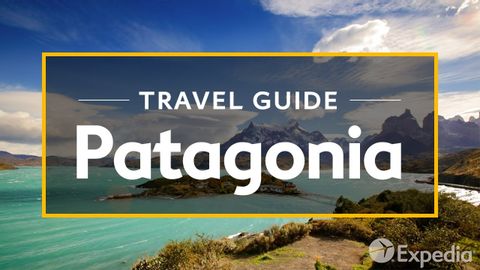
Subtitles & vocabulary
Patagonia Vacation Travel Guide | Expedia
00
Eric Wang posted on 2017/07/01Save
Video vocabulary
journey
US /ˈdʒɚni/
・
UK /'dʒɜ:nɪ/
- Noun
- Act of traveling from one place to another; trip
- Intransitive Verb
- To travel through a place
A2TOEIC
More spectacular
US /spɛkˈtækjəlɚ/
・
UK /spekˈtækjələ(r)/
- Adjective
- Impressive or out of the ordinary
- Noun
- A lavish or elaborate display or performance.
B1
More explore
US /ɪkˈsplɔr/
・
UK /ɪk'splɔ:(r)/
- Transitive Verb
- To examine something in detail to learn about it
- To travel to a place to discover more about it
A2TOEIC
More solitary
US /ˈsɑlɪˌtɛri/
・
UK /'sɒlətrɪ/
- Adjective
- Done alone; spending a lot of time alone
- Noun
- A punishment to keep a person alone in a cell
- A person who chooses to live alone
B2
More Use Energy
Unlock All Vocabulary
Unlock pronunciation, explanations, and filters
